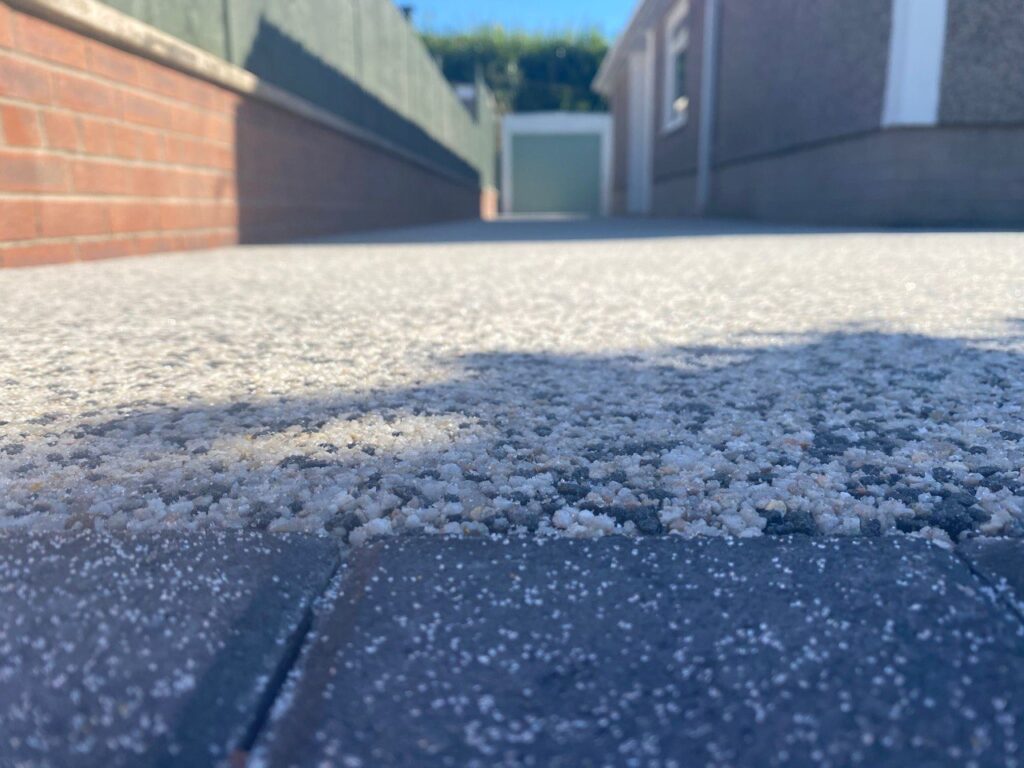Tips for Choosing Tarmac Thickness Based on Usage
Introduction: Choosing the right thickness for tarmac (or asphalt) surfaces is crucial to ensure durability and longevity, especially when considering driveways and patios. At Daventry Driveways & Patios, we understand the importance of selecting the appropriate tarmac thickness based on usage requirements. This blog post provides valuable tips to guide homeowners in making informed decisions about tarmac thickness for their residential projects.
Factors Influencing Tarmac Thickness
1. Vehicle Traffic: The amount and type of vehicle traffic the tarmac will endure significantly determines thickness. A thicker tarmac layer is necessary to withstand frequent use and weight for driveways accommodating heavier vehicles such as SUVs or delivery trucks.
2. Frequency of Use: Consider how often the driveway or patio will be used. High-traffic areas may require thicker tarmac to maintain structural integrity over time. Conversely, areas with lighter foot traffic may require less thickness.
3. Soil Conditions: The stability of the underlying soil affects tarmac thickness requirements. Soft or poorly compacted soils may necessitate thicker tarmac layers to prevent sinking or cracking under load.
4. Climate and Weather Conditions: British weather can vary greatly, with temperature fluctuations and rainfall impacting tarmac durability. Thicker layers of tarmac provide better resistance to weather-related wear and tear, ensuring longevity and reducing maintenance needs.
Recommended Tarmac Thickness Guidelines
1. Residential Driveways:
- Light Vehicles (e.g., cars): A minimum of 50mm (2 inches) of compacted tarmac is recommended.
- Heavier Vehicles (e.g., SUVs, vans): Increase thickness to 75mm (3 inches) or more to support heavier loads and prevent cracking.
2. Patios and Walkways:
- Light Foot Traffic: 25-40mm (1-1.5 inches) of tarmac is generally sufficient for patios and pathways.
- Moderate Foot Traffic: Aim for 40-50mm (1.5-2 inches) to withstand regular use without premature wear.
Additional Considerations
1. Base Preparation: Ensure the base beneath the tarmac is properly prepared and compacted to support the chosen thickness. Adequate base preparation prevents settling and uneven surfaces over time.
2. Drainage: Incorporate proper drainage systems to prevent water pooling on tarmac surfaces. Effective drainage helps prolong tarmac life by reducing the risk of water-related damage and erosion.
3. Consultation with Professionals: Consulting with tarmac installation professionals is recommended for complex projects or areas with unique requirements. They can assess site conditions, traffic patterns, and usage to recommend the most suitable tarmac thickness for optimal performance and longevity.
Conclusion: Choosing the right tarmac thickness ensures the longevity, durability, and performance of driveways and patios at Daventry Driveways & Patios. By considering factors such as traffic volume, soil conditions, and climate, homeowners can make informed decisions that enhance the functionality and aesthetics of their outdoor spaces.
Call us on: 01327 221 298
Click here to find out more about Daventry Driveways & Patios
Click here to complete our contact form and see how we can help you with your driveway needs.

